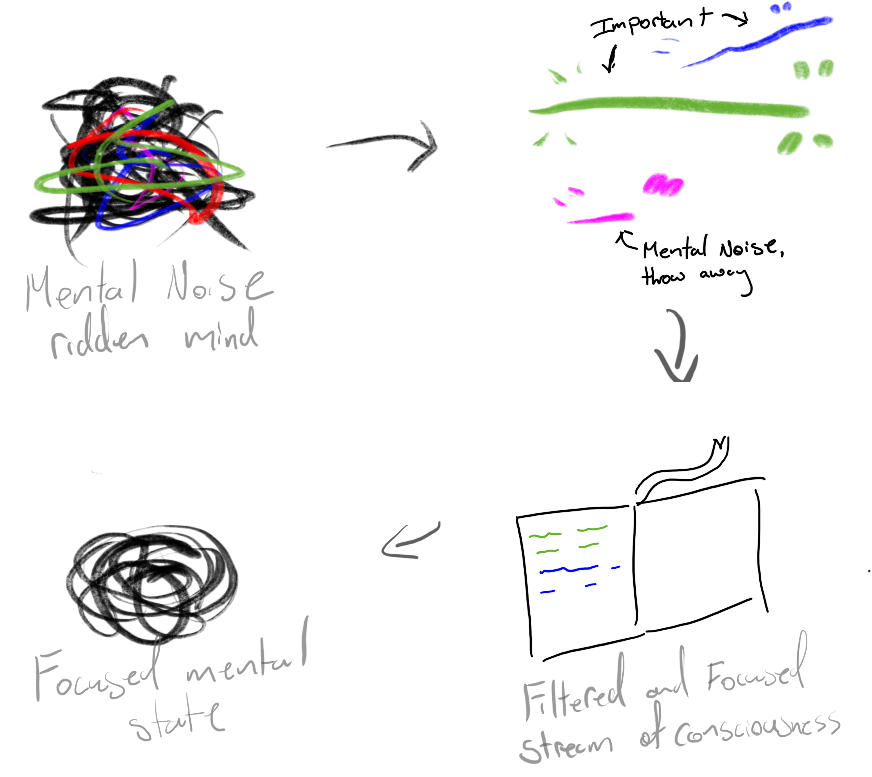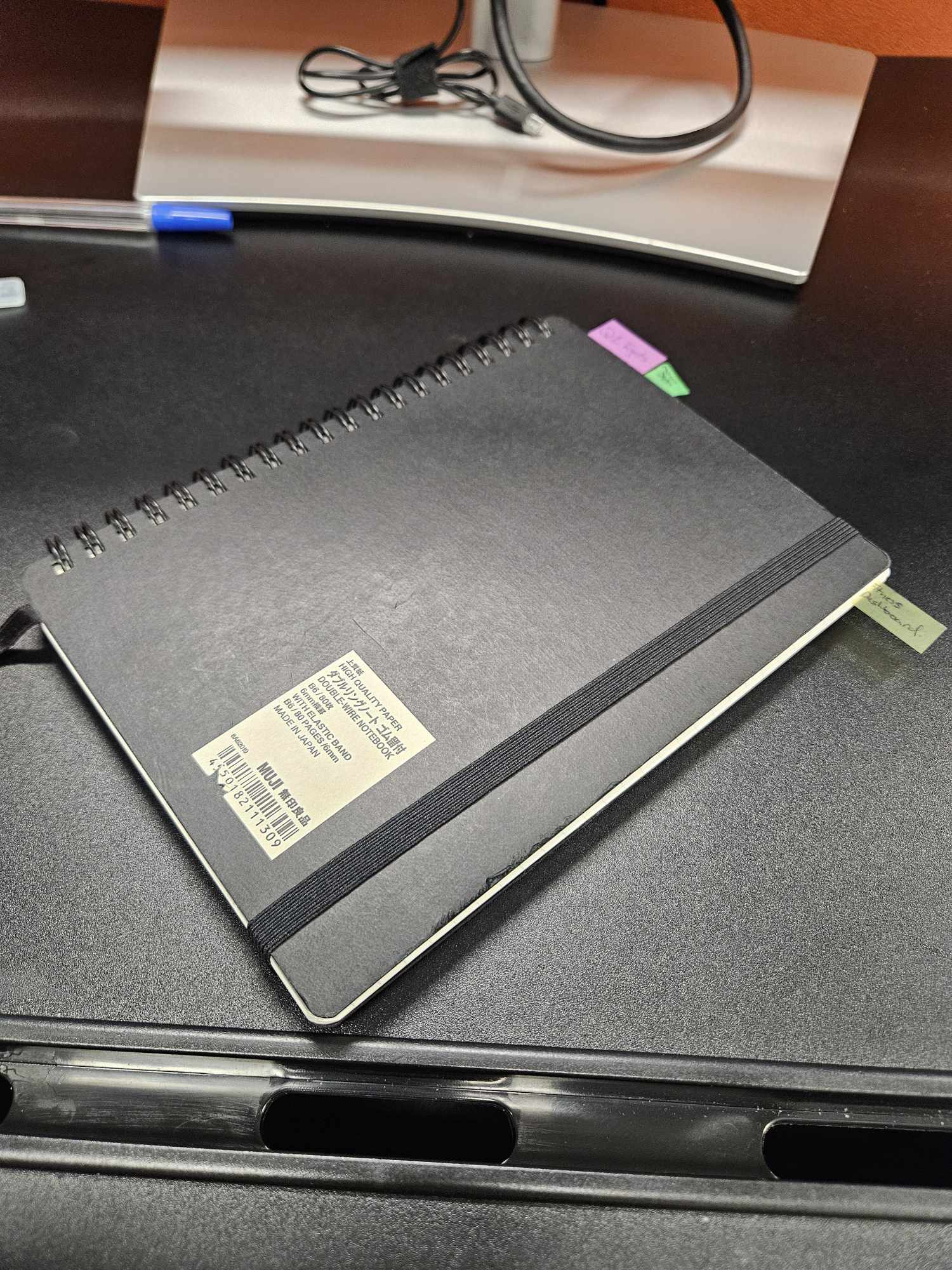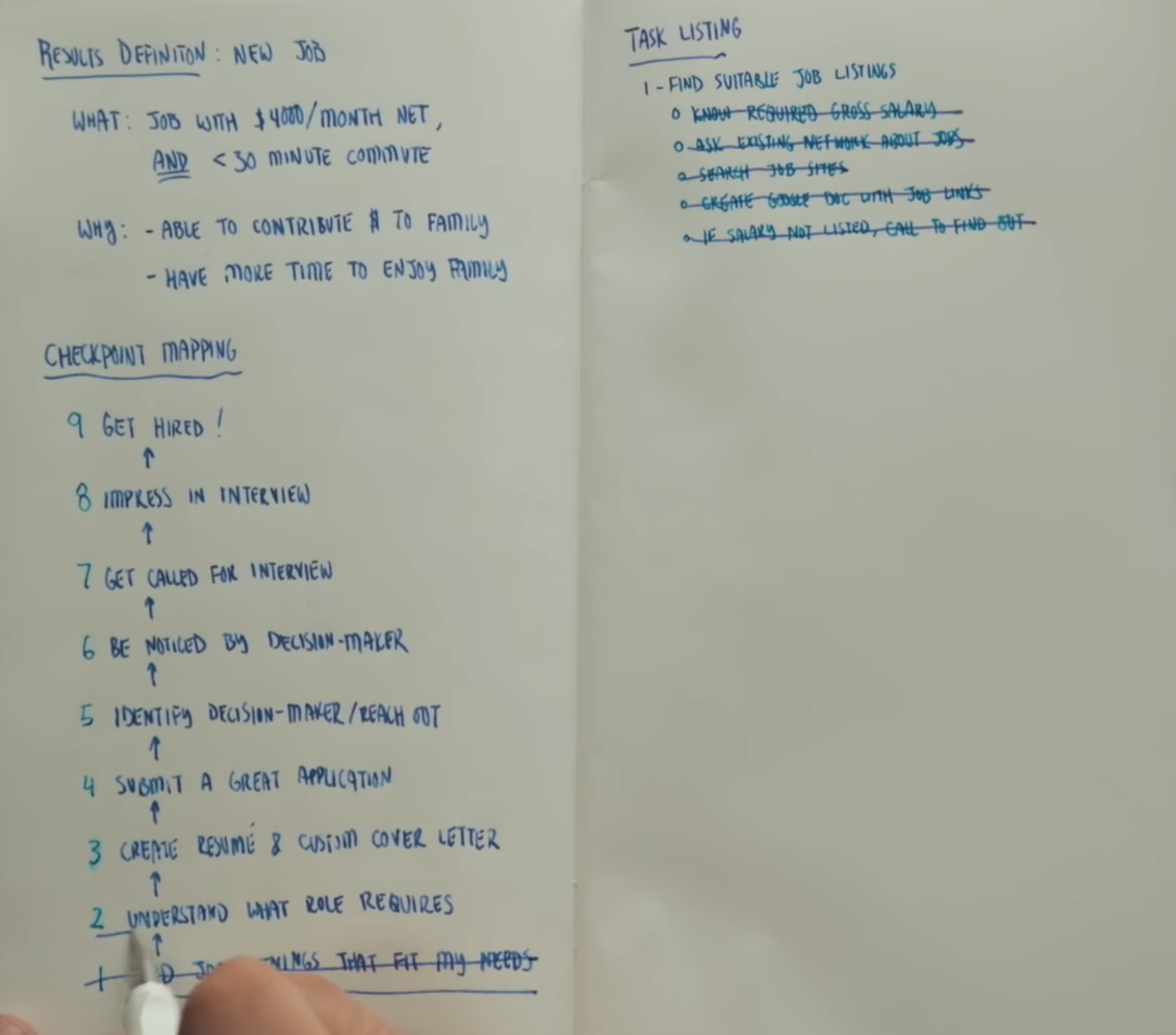A Case For Analogue Journaling And Tools
Happy new year!
With the turn of the new year, my thoughts turned to some mental/lifestyle housekeeping, and I made some changes I’d like to share.
I’m aware of a personal proclivity I have to fall for the productivity trap of feeling like busy work equates to being productive. In an effort to bring the spirit of “ essentialism” to my productivity and organisation systems, I decided to experiment with physical journaling.
I took inspiration from a few content creators and came upon the following additions to my daily workflows.
# The 3 Methods Of Journaling:
# Morning Pages:
Morning pages is a concept popular initially amongst creatives, that suggests starting the day with 2 or 3 pages pages of lawless physical writing. It’s less of a journal, and more of a unfiltered, written stream of consciousness.
I’ve found the slowness and intentional nature of physical writing to pull at the loose mental threads that make up a hectic mind. It tests the validity of each floating thought, checking whether they’re just small nonsensical thoughts without merit or substance.
If that is the case, then the thoughts won’t make pass the slow and intentional filters of physical writing, as it fails to be articulated, and hence filter itself away as unimportant mental noise.
Otherwise, if these threads are found to be significant and notable thoughts, then the same filters will prevent the unintelligibly crowding of thoughts (pronounced over-thinking), instead articulating only your most logical thoughts through writing.
These can lead to real insights, which I then note into my “daily” journal.

The result is that morning pages will often only reveal what is substantial, relevant and worth noting. Mental noise is instead replaced with an assurance that any thought that might’ve attracted your attention, is surely irrelevant, hence removing it’s power from pulling you into infinite directions.
Another benefit I’ve noticed, is that the uninterrupted writing leads to a no-stakes launchpad effect into a state of deep work. Since the output is not real work that priorities are reliant on, it allows the momentum built from simply doing the action to be carried over into work done directly after the routine.
# Goal-setting Journal:
This journal is an analogue way to track my quarterly goals.

Each goal is broken down into multiple checkpoint tasks which represent progress towards the target. These checkpoint tasks serve to measure progress towards the goal, as well as action items that can be referenced and pulled into Today’s Action Items at any one time.
Every morning, I’ll refer to open checkpoint tasks knowing they are representative of my quarterly priorities, and bring in 2-3 to be the focus for completion in the day’s priorities.
Here’s the base idea, as per how
Maurice does it:

These 2-3 targets will then be slot into a rough daily schedule for how my day will go. Once this is complete, I can import the tasks into Ticktick to be tracked in my digital tools over the day.
# Mindfulness Journal (Daily Journaling):
This one’s kind of cheating as it’s typed, and saved within an obsidian vault. Though I find it benefits from the quickness that comes with typing, without too much chaotic noise, as it’s focused with a bunch of “prompts”.
This journal serves to keep me more accountable and mindful to my life and it’s events. It’s filled with prompts that force me to think about and process daily events properly. The majority of the time it’s in a bullet journal guided by prompts, though on days where I need a space to record certain events/thoughts or simply work through them, there’s space for that too.
At the end of the week, I’ll go through each daily journal and review the week in a weekly journal as well, with it’s own prompts.
# Remarks
Although digital tools provide a much quicker way to get thoughts down, this quickness is often at the cost of intention and substance.
By starting with analogue planning, and migrating those plans to our digital tools, I feel there’s a great case for a well-rounded, balanced organisation system that makes use of our tools more intentionally; rather than succumbing to transcribing all mental noise as quick as possible to our tools, simply because we can.
# Templates
The weekly journal allows a glance of the week, and a reflection space to see how I can improve and set next week up for success.
If you use the periodic notes/calendar plug-in, you can set-up these templates to generate on clicking dates. I’ve set-up a separate vault for this, and it’s been very effective so far.
Here’s the markdown templates I use, in case it’s useful to you:
# Related:
- There’s a quote in The Psychology of Money - Housel that speaks of a similar anecdote of “pouring out the bad” with a workflow similar to morning pages; but for writing songs. It refers to getting rid of the waste product that precedes the high value output.
- In the book Four Thousand Weeks - Burkeman, a compelling case against the “efficiency trap” of the modern day. It argues that the modern society stance on productivity is a trap which instead, leads us to be less effective than ever.